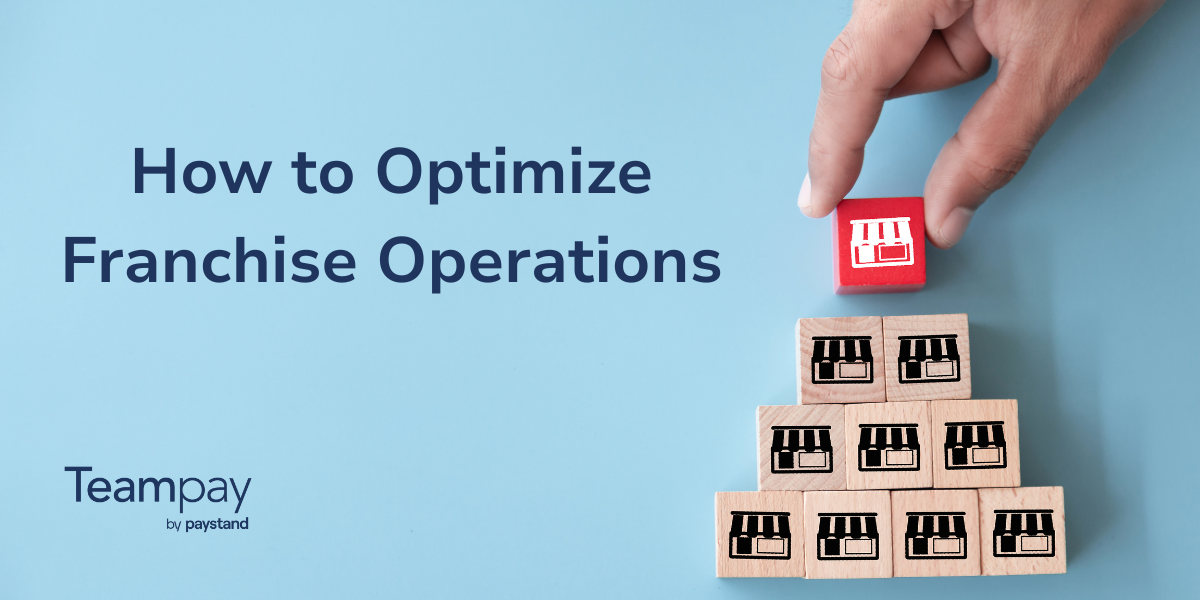Table of Contents
Key Takeaways
- Manual accounts payable (AP) processes are incredibly inefficient, expensive, and error-prone.
- Finance teams can leverage accounting automation to streamline their process, save costs, and a host of other benefits.
- AP automation is more than saving a few bucks—it empowers your team to do more without having to actually do more.
Finance and accounting teams are juggling significant changes in purchase trends. The advent of remote work accelerated what was already a clear trend toward distributed spend. Without a modern finance technology stack, finance teams find their productivity burdened, their employees frustrated, and their transactions improperly categorized. It’s more important than ever that finance leaders rethink how their systems and processes contribute operational and revenue efficiencies.
Is your AP process working for you or against you?
Unfortunately, finding a modern AP process tool that can offer visibility, control, and ease of use for employees in today's fast-paced spending environment is challenging. Control comes with burdensome experiences, and lightweight, employee-centric tools lack the internal controls and sophistication for real-time approvals.
Is Your AP Tool Meeting Your Needs? Ask Yourself These 3 Key Questions:
- How much time are manual tasks, such as manual data entry and manual AP processing, taking your team?
- Do you have a clear view of your spending with your current financial data?
- Does your AP tool work well with other systems?
"We now have full visibility into every transaction, and reconciling payments at the end of the month has never been easier." —Finance Manager, Retail Brand
Why switch to automated accounts payable? 5 key signs it’s time to switch to AP automation
If you’re reading this article, you probably already know that your manual AP workflow isn’t working. But, just in case, here’s 5 reasons to switch to automation:
1. Manual AP processes take too much time
Over 70% of finance teams report spending an average of 10 hours on AP tasks per week and a full quarter of respondents budget 20 hours per week. This can include invoice processing, supplier inquiries, PO matching, and more. And that’s way too time consuming on repetitive tasks.
2. Lack of real-time visibility
You’re surprised by unexpected transactions that impact cash flow and make reconciliation difficult at month-end.
3. Difficulty managing distributed spend
As your company grows, the AP tool struggles to manage spend at scale across different departments or locations.
4. Frequent errors and missing information
Errors in data entry, lost receipts, or unaccounted spending are common issues through human error.
5. Limited automation and integrations
Your current tool doesn’t automate key processes or integrate into other systems with real-time syncing, siloing data.
Common Questions About Manual AP and AP Automation Systems
1. Are manual AP processes prone to errors?
Multiple studies have shown that manual processes, both across industries and in accounting, are prone to error. Research from the University of Hawaii highlights that manual processes with spreadsheets have an error rate of 2% to 4%. And a more recent study from Gartner discovered that 18% of accountants make daily errors.
In other words, yes, manual AP is prone to error, even if you are using a computer or “digital solution.”
2. Comparing accounts payable automation and manual methods
Manual methods differ based on how manual your process is. For example, do you write checks? If so, that requires cutting a check, logging it in your ledger—whether that’s a book, a spreadsheet, or ERP— and then you have to wait for your vendors to cash the check before starting the reconciliation process.
You may send electronic invoices or payments, but without automation, you must send and reconcile each one individually, and match invoices to purchase orders.
Automation only requires a one-time setup and some tweaking as you optimize the process. But once you have your parameters set up, you’re good to go, eliminating manual methods.
3. What are the risks of manual accounts payable versus automation?
Some of the challenges of manual accounts payable include higher risks of fraud, high costs, missed deadlines, low visibility, and limited efficiency. In contrast, the main risks of AP automation are data security and software integration (or non-integration). Fraud remains a problem regardless of which approach you use, but the greater transparency and control from automation offers finance teams the tools to better identify problems.
4. Benefits of automating accounts payable processes?
There are several benefits to automating your AP processes, including:
- Lower costs
- Accelerate invoice data processing
- Fewer errors
- Greater visibility
- More control over spend management
- Maximize cost savings
- Capture early payment discounts
- Fraud risk mitigation
5. Is automated accounts payable and cost-effective?
According to Ardent Partners' The State of ePayables 2024 report, best-in-class AP automation costs only $2.81 to process an invoice, as opposed to $13. That’s almost an 80% reduction in costs, maximum. On average, companies can save a minimum of 24% from automating invoice processing alone.
6. Can automation improve accounts payable efficiency?
The same Ardent Partners’ report found that finance professionals save time across the board from implementing automation. For example, AP teams using automation spend 51% less time handling supplier inquiries and achieve a 2.1x higher straight-through processing rate. All of this means less time on lower-level tasks while getting more work done.
7. Does automation streamline accounts payable tasks?
Automation can streamline AP tasks like:
- Sending invoices
- Reconciling invoices, bank statements, card statements (including virtual cards), etc
- Invoice reconciliation
- Supplier follow-ups
- Vendor management
- Procurement
- Approval workflows
8. How to choose accounts payable automation software?
It’s natural to focus on budget-first considerations. But “cheaper” doesn’t always mean better—although there are many high-powered and affordable AP automation solutions.
Essential considerations for selecting the best AP automation tool that go beyond dollars and cents include:
- Ease of use
- Integrations and software compatibility
- Relevant feature list
- Security measures
- Measuring and reporting
- Procurement support
- Vendor management capabilities
Consider upgrading to a modernized AP solution and away from a manual accounts payable process
In today’s dynamic and decentralized business landscape, relying on manual AP processes is no longer sustainable. The inefficiencies, errors, and lack of visibility that come with outdated tools can severely impact your team’s productivity and your company’s financial health.
If your AP system isn’t keeping pace with the demands of distributed spend, real-time data, and seamless integrations, it’s time to consider a change. By upgrading to a modern, accounting automated AP solution, you can reclaim valuable time, reduce errors, and gain the visibility needed to stay agile in a fast-moving market. The right tools empower your finance team to focus on strategic growth rather than time-consuming manual tasks.
Discover Teampay’s unique AP automation solution that provides a comprehensive spend management system today.












